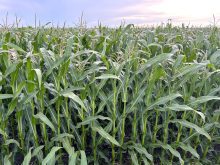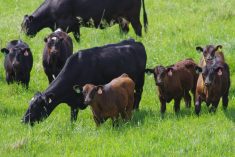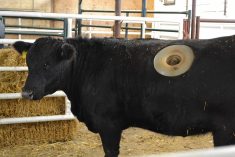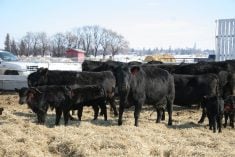When it comes to making Canada a leader in the certified sustainable beef movement, two numbers stand out – one very large and the other (in relative terms) very small.
As of June 30, nearly one-fifth of the country’s beef cattle were raised on farms certified under the standards of the Canadian Roundtable for Sustainable Beef. The take-up in certification by Canadian beef producers — just over 1,400 farms — has been impressive, says the roundtable’s outgoing chair.
“We started at zero in 2018,” said Anne Wasko, a well-known beef market analyst. “The numbers that I see, as an analyst, are really exciting and show forward momentum, especially when we know how decisions are made at the ranch level.”
Read Also
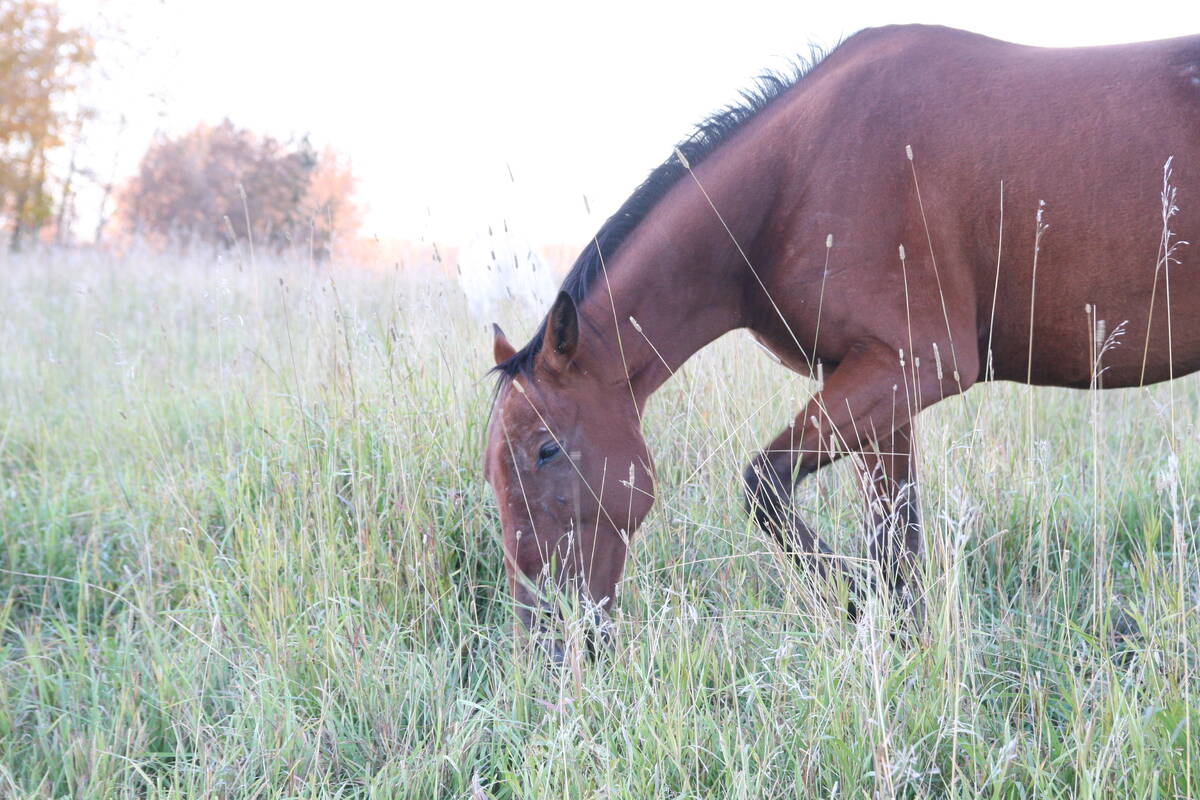
Beware giving horses too much iron
Horses consuming too much iron through diet or well water risk health problems like laminitis. Mineral testing forage and water is good practice for owners.
And the small number?

It’s the 10 million pounds sold with a CRSB claim, a figure that looks big until compared to the 3.36 billion pounds of beef produced in Canada each year.
In other words, 19 per cent of cattle produced on farms were certified sustainable but only 0.3 per cent of all beef was sold with a package logo or from a menu with a certification pledge.
Building a brand for a commodity like beef is difficult, especially since a sustainable brand isn’t on the radar of a lot of consumers, says one of the country’s best-known food industry analysts.

“Right now, what I’m seeing with the roundtable is a push-down approach,” said Sylvain Charlebois, a professor of food distribution and policy at Dalhousie University and director of its Agri-Food Analytics Lab.
“I think you need to do some of the opposite to create that pull effect, so people will want to look for that logo and look for that product.”
And while sustainability in agriculture continues to be a big topic of conversation, many people who eat beef already believe it is sustainable, regardless of whether it’s been certified, he added.
“If it’s not sustainable, what does that mean? What’s the value-add here? It’s like anything else in retail, like fair trade (branding). What are you getting back?”
Still, it’s early days. And the roundtable can point to a number of big wins since it launched its certification program in 2018.
The country’s two dominant beef processors (Cargill and JBS) are now certified (as is Atlantic Beef and Harmony Beef). As well, three major grocery chains — Loblaw, Walmart and Metro — have signed up as buyers along with major distributors including Gordon Food Service.
McDonalds, the country’s largest beef buyer and a major driver of the sustainable beef movement, uses at least 30 per cent certified sustainable beef in its Quarter Pounder burgers.
Moreover, the 10 million pounds of certified beef sold in the past year is a big jump from the 7.4 million sold one year earlier.

“That’s pretty exciting, when you look at other certification or sustainability programs globally,” said Wasko. “It takes them decades to get to these kinds of numbers.”
Of course, the pandemic had impacts on the beef sector, including production issues such as temporary closures of packing plants.
“We heard pretty loud and clear from our Canadian packers that they were all-hands-on-deck in terms of dealing with COVID,” said Wasko.
Even during normal times, building a brand doesn’t happen overnight, she added.
“It takes time to move the needle, in my opinion.”
Further growth is coming, she said. At the roundtable’s recent annual meeting, several member companies indicated they may increase their purchases of certified beef.
“We’ve continued to hear that the demand side pull is there,” she said. “We just continue to see more producers get certified, registered and get beef to the end users here.”
Production capacity has also expanded with the JBS plant in Brooks joining Cargill’s High River facility as a certified processor. When certified cattle go to a feedlot or packer that hasn’t been accredited, the certified sustainable status is lost.

Sustainable beef certification wasn’t a priority during the past two years for many players in the value chain, but it is coming back to the fore because it is important to consumers, said Wasko.
“It’s not just beef sustainability, it’s sustainability across the whole gamut. It’s part of the conversation that is not going away. A few years ago, that wouldn’t have hit the top mark for consumer perceptions, but today it has.”
Charlebois shares that view.
“There are several headwinds for the beef industry right now,” he said. “Environmental stewardship is one of them. They need to build a case.”
By that measure, sales of certified sustainable beef aren’t necessarily the way to gauge success, he added.
“The Canadian Roundtable for Sustainable Beef was more of a defence move rather than a market development move. It was really about moving the yardstick when it comes to environmental perceptions, essentially. It wasn’t about growing markets at all, in my view.”
However, if the beef sector wants to use its certification program as a marketing tool, it should look to the success of Angus beef, said Charlebois.
“I don’t know who decided to brand a breed many years ago, but it worked. It’s simple. A lot of people buy Angus and they have no idea why.
“So, there is a case study in the industry that they can use to retail the benefits. A lot of people believe that Angus beef is the best out there, and they are looking for it.”
But to do that would require the players in the sustainable beef movement to take an aggressive approach when trying to connect with consumers.
“The Angus campaign was a stroke of brilliance, and I hope they can repeat that,” Charlebois said. “To value sustainable beef, you need a sectoral commitment. You need people to embrace this as much as possible.”





